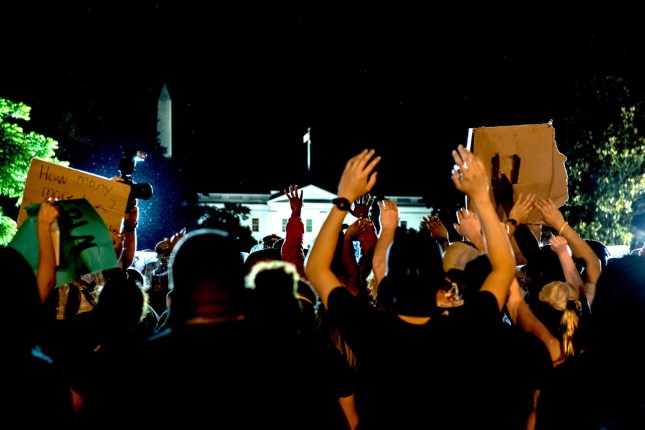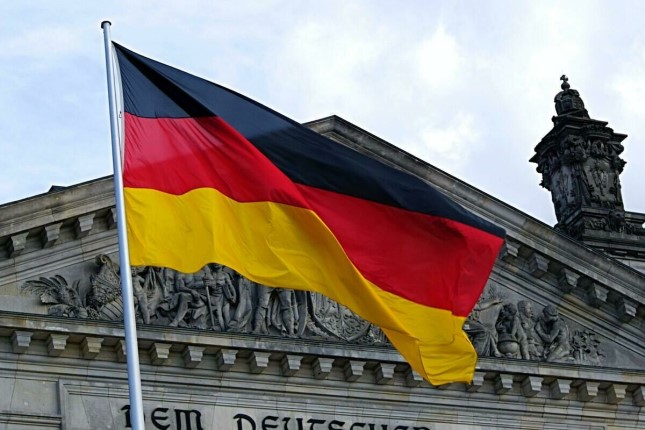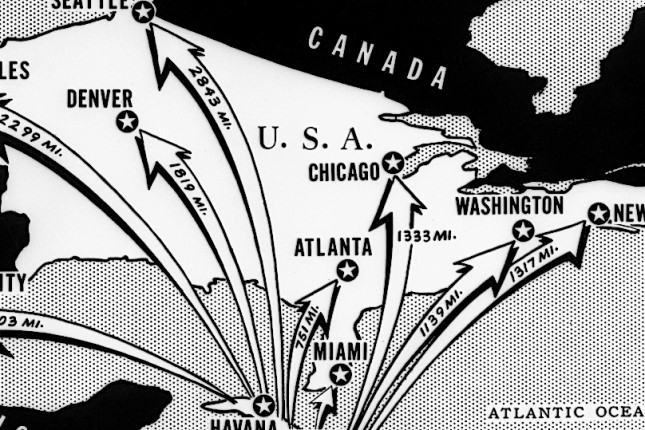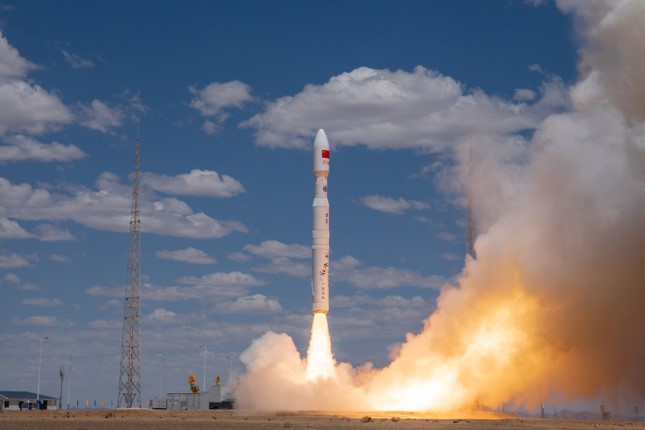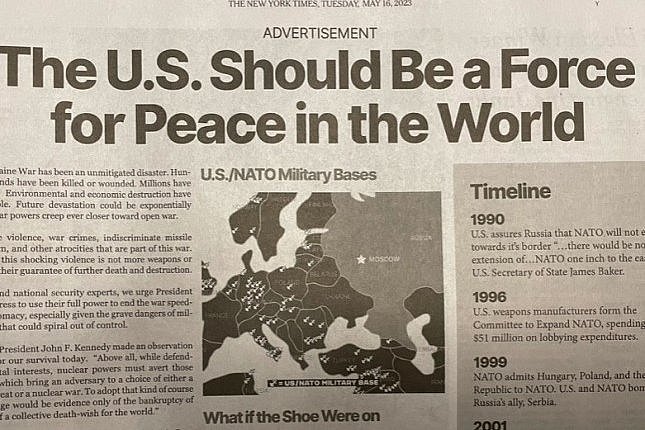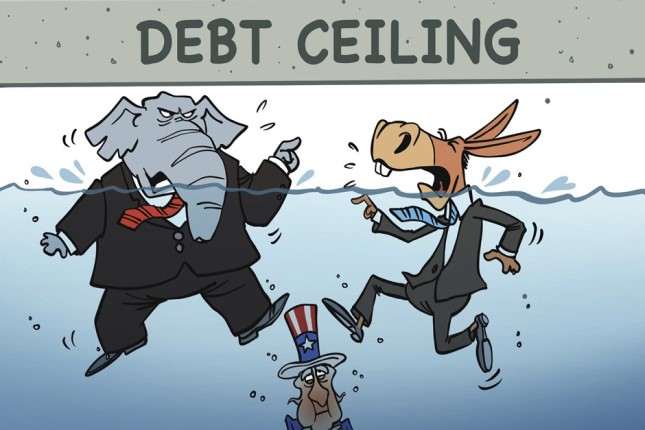A recent Justice Department report concluded that “systemic” racial bias in the Minneapolis Police Department “made what happened to George Floyd possible.”
During the three years since a white police officer brutally murdered Floyd, nationwide discussions of systemic racism have extended well beyond focusing on law enforcement to also assess a range of other government functions.
But such scrutiny comes to a halt at the water’s edge — stopping short of probing whether racism has been a factor in U.S. military interventions overseas.
Hidden in plain sight is the fact that virtually all the people killed by U.S. firepower in the “war on terror” for more than two decades have been people of color. This notable fact goes unnoted within a country where — in sharp contrast — racial aspects of domestic policies and outcomes are ongoing topics of public discourse.
Certainly, the U.S. does not attack a country because people of color live there. But when people of color live there, it is politically easier for U.S. leaders to subject them to warfare — because of institutional racism and often-unconscious prejudices that are common in the United States.
Racial inequities and injustice are painfully apparent in domestic contexts, from police and courts to legislative bodies, financial systems, and economic structures. A nation so profoundly affected by individual and structural racism at home is apt to be affected by such racism in its approach to war.
Many Americans recognize that racism holds significant sway over their society and many of its institutions. Yet the extensive political debates and media coverage devoted to U.S. foreign policy and military affairs rarely even mention — let alone explore the implications of — the reality that the several hundred thousand civilians killed directly in America’s “war on terror” have been almost entirely people of color.
Sympathy Skewed by Race, Ethnicity

The Palanca-Maiaki-Udobnoe border crossing point, between Moldova and Ukraine on March 1, 2022, as people fled the war in Ukraine. (UN Women/Aurel Obreja)
The flip side of biases that facilitate public acceptance of making war on non-white people came to the fore when Russia invaded Ukraine in early 2022.
News coverage included reporting that the war’s victims “have blue eyes and blond hair” and “look like us,” Los Angeles Times television critic Lorraine Ali noted. “Writers who’d previously addressed conflicts in the Gulf region, often with a focus on geopolitical strategy and employing moral abstractions, appeared to be empathizing for the first time with the plight of civilians.”
Such empathy, all too often, is skewed by the race and ethnicity of those being killed.
The Arab and Middle Eastern Journalists Association has deplored “the pervasive mentality in Western journalism of normalizing tragedy in parts of the world such as the Middle East, Africa, South Asia and Latin America. It dehumanizes and renders their experience with war as somehow normal and expected.”
Persisting today is a modern version of what W.E.B. Du Bois called, 120 years ago, “the problem of the color line — the relation of the darker to the lighter races.” Twenty-first century lineups of global power and geopolitical agendas have propelled the United States into seemingly endless warfare in countries where few white people live.
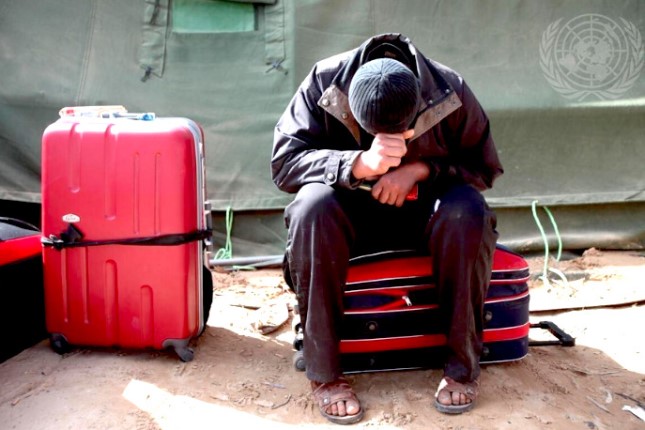
Feb. 27, 2011: A Libyan refugee at a transit camp in Choucha Ras Djir, near the Tunisian border. Photo: UN Photo / UNHCR / Alexis Duclos.
Racial, cultural and religious differences have made it far too easy for most Americans to think of the victims of U.S. war efforts in Iraq, Afghanistan, Syria, Libya and elsewhere as “the other.”
Their suffering is much more likely to be viewed as merely regrettable or inconsequential rather than heart-rending or unacceptable. What Du Bois called “the problem of the color line” keeps empathy to a minimum.
“The history of U.S. wars in Asia, the Middle East, Africa and Latin America has exuded a stench of white supremacy, discounting the value of lives at the other end of U.S. bullets, bombs and missiles,” I concluded in my new book War Made Invisible. “Yet racial factors in war-making decisions get very little mention in U.S. media and virtually none in the political world of officials in Washington.”
At the same time, on the surface, Washington’s foreign policy can seem to be a model of interracial connection. Like presidents before him, Joe Biden has reached out to foreign leaders of different races, religions and cultures — as when he fist-bumped Saudi Arabia’s de facto ruler Crown Prince Mohammed bin Salman at their summit a year ago, while discarding professed human-rights concerns in the process.
Overall, in America’s political and media realms, the people of color who’ve suffered from U.S. warfare abroad have been relegated to a kind of psychological apartheid — separate, unequal, and implicitly not of much importance. And so, when the Pentagon’s forces kill them, systemic racism makes it less likely that Americans will actually care.
Main photo: Protesting the police killing of George Floyd in front of the White House, May 30, 2020 © Rosa Pineda / Wikimedia Commons / CC BY-SA 4.0.
Source: Consortium News.
